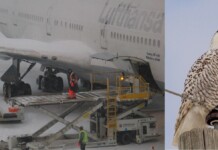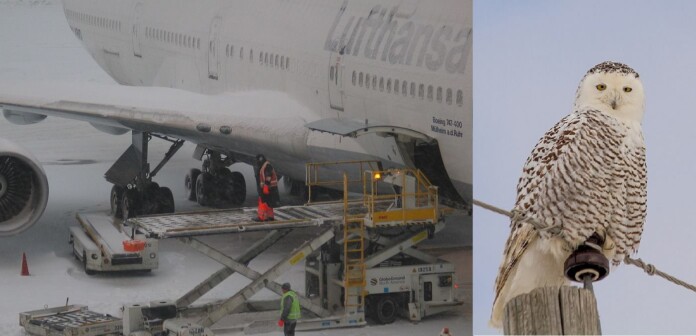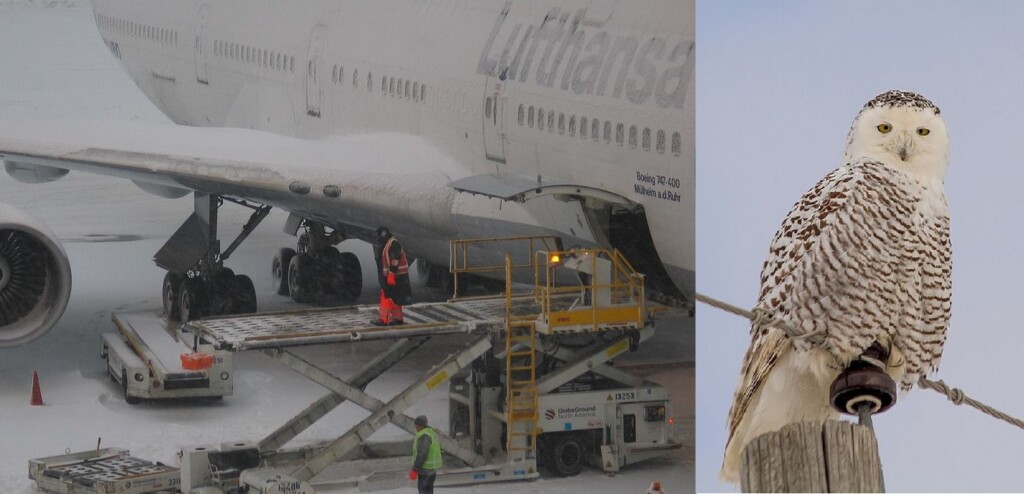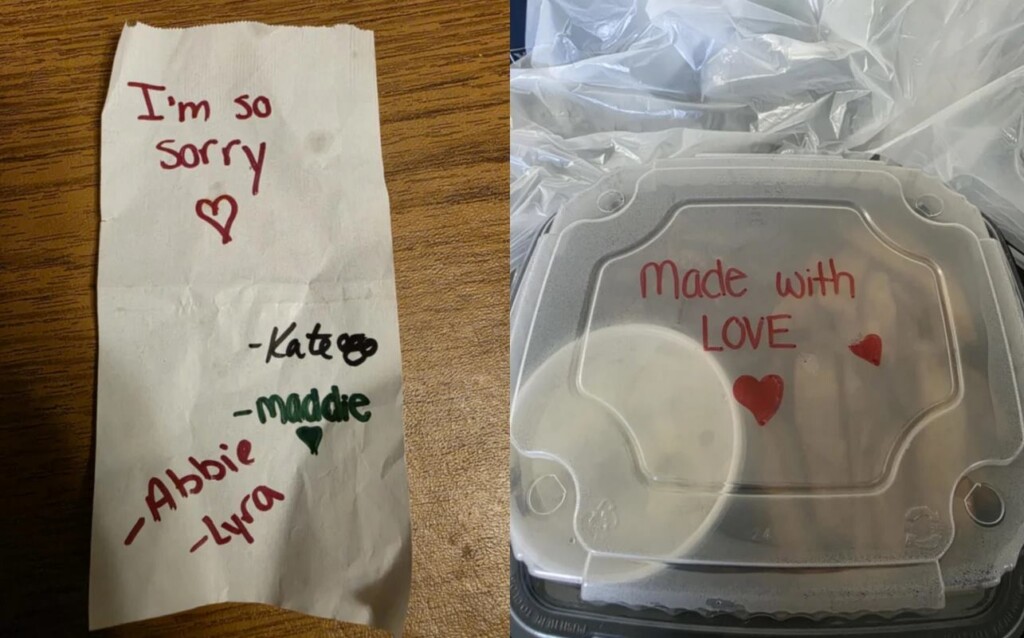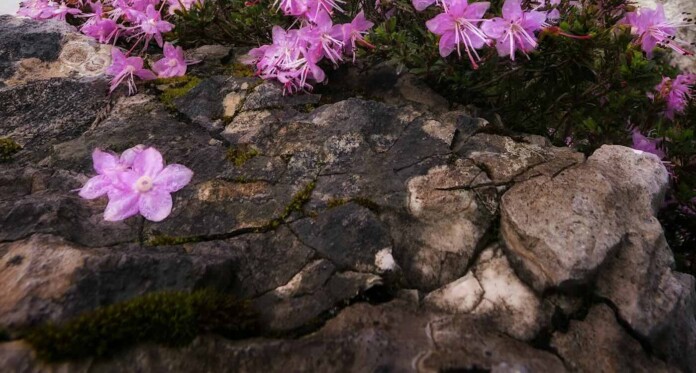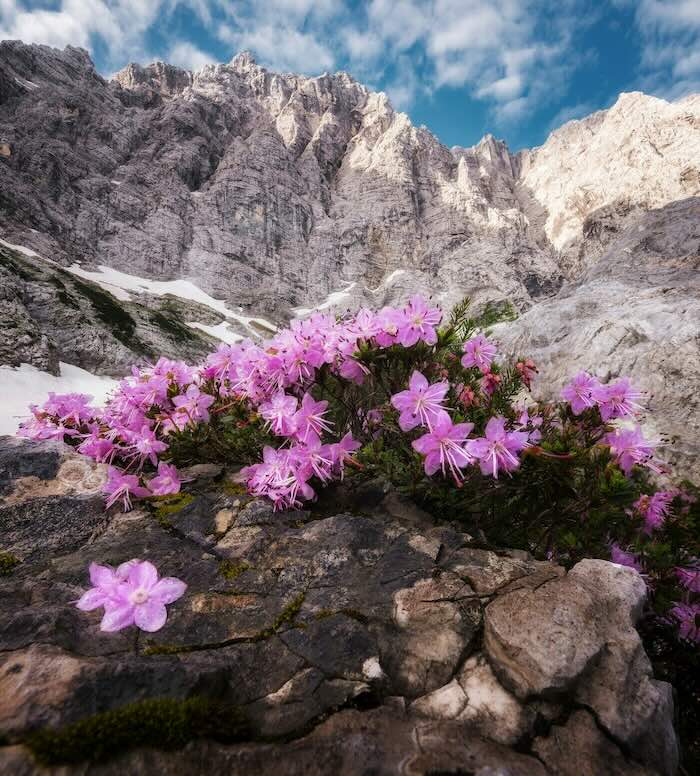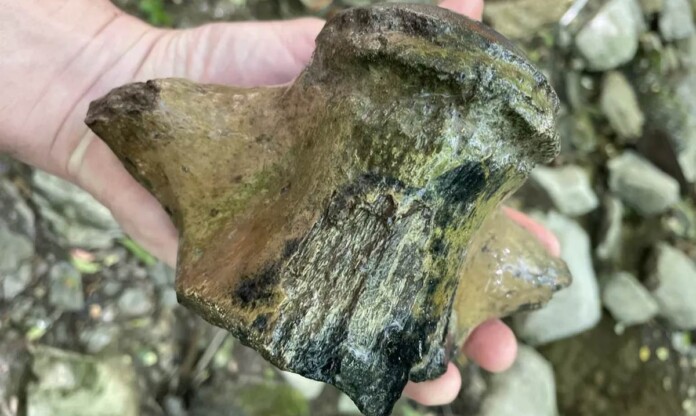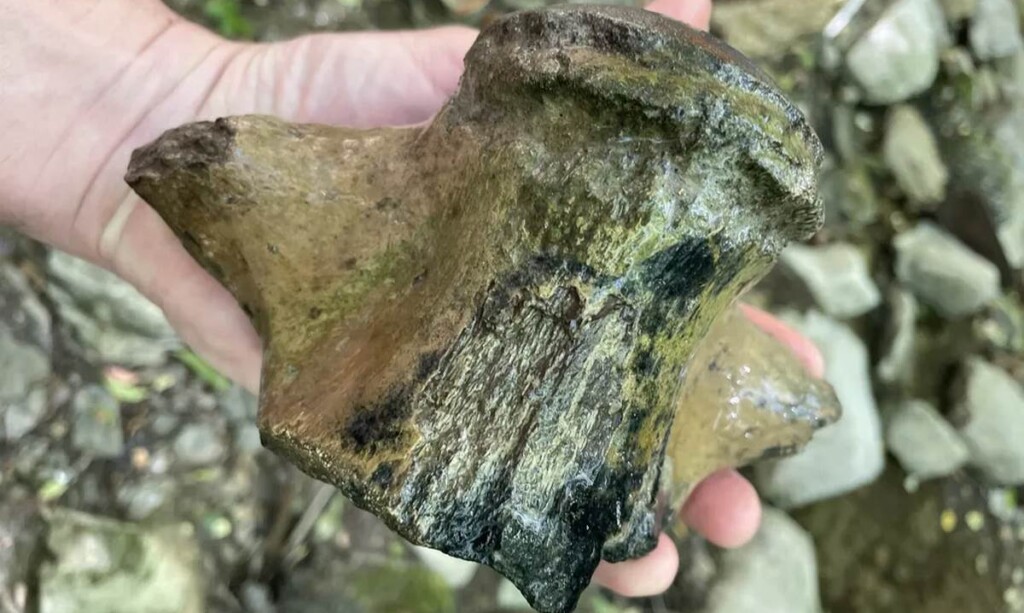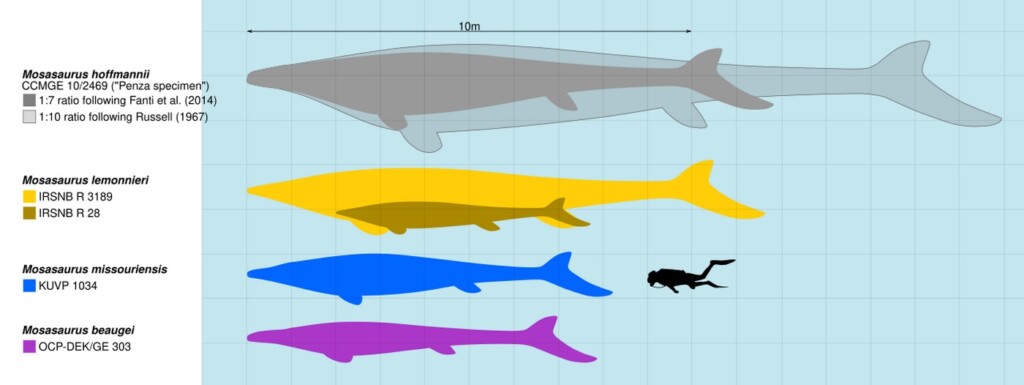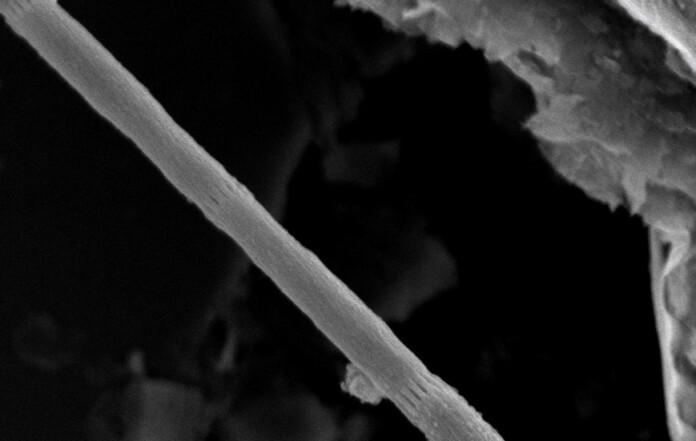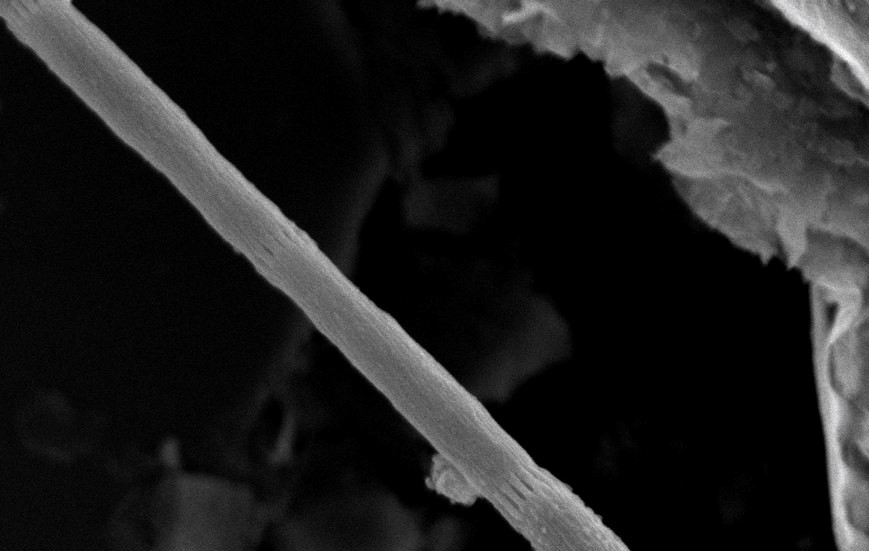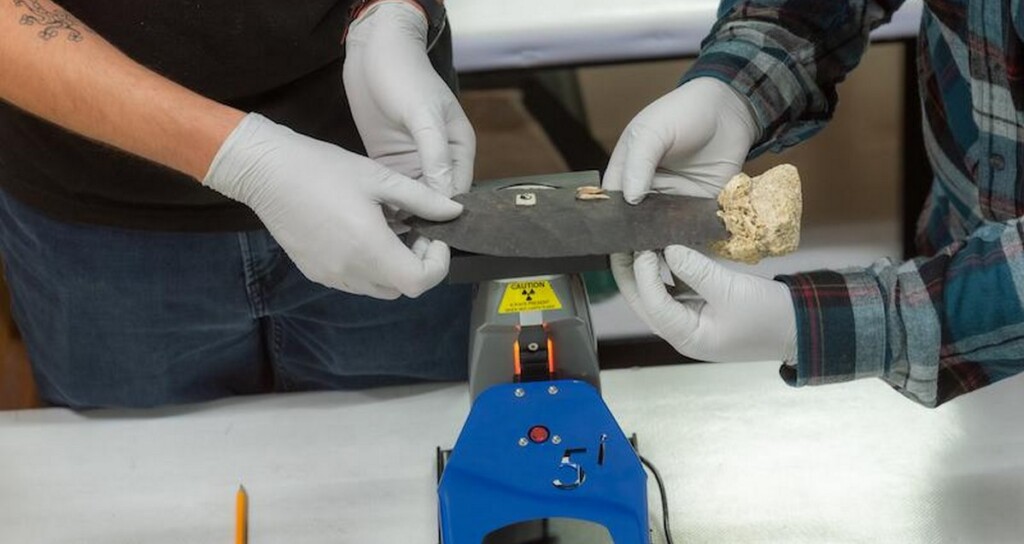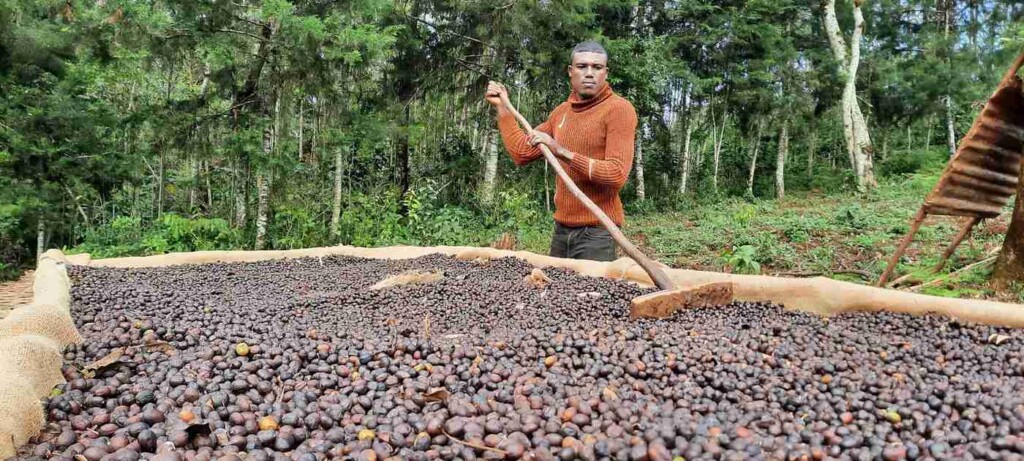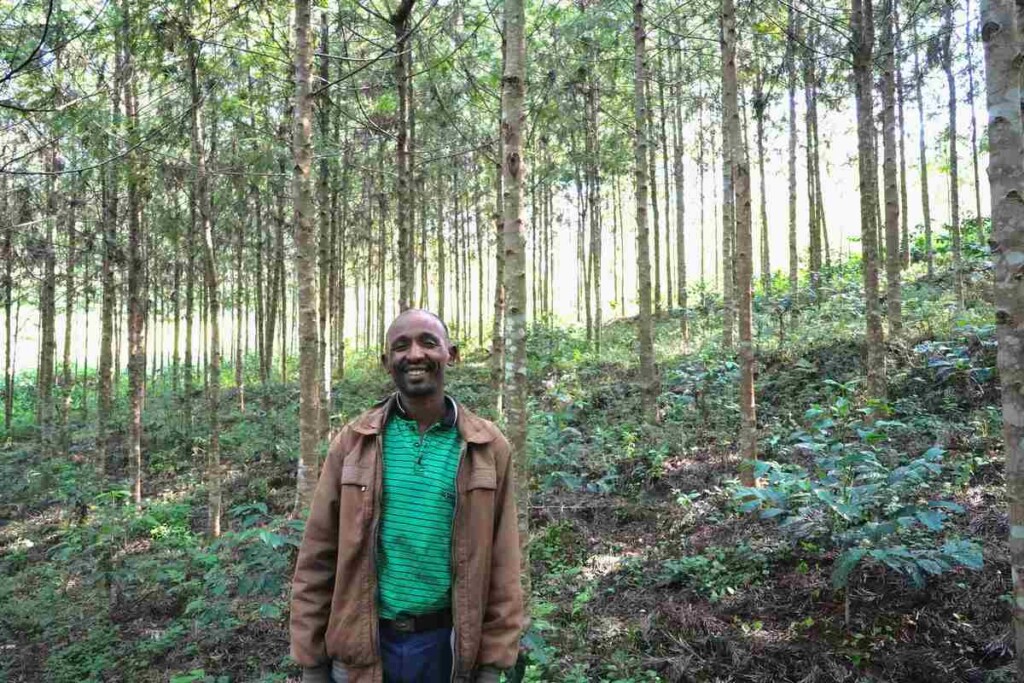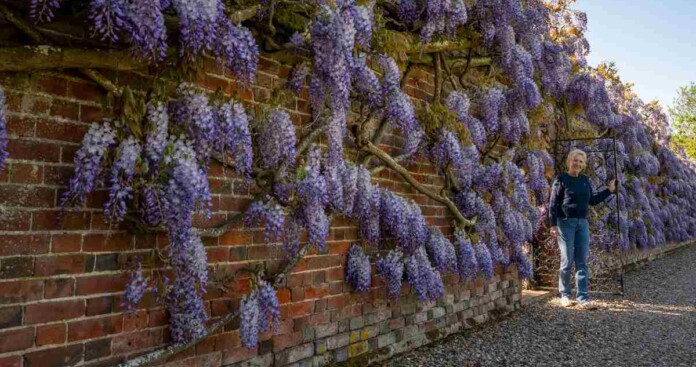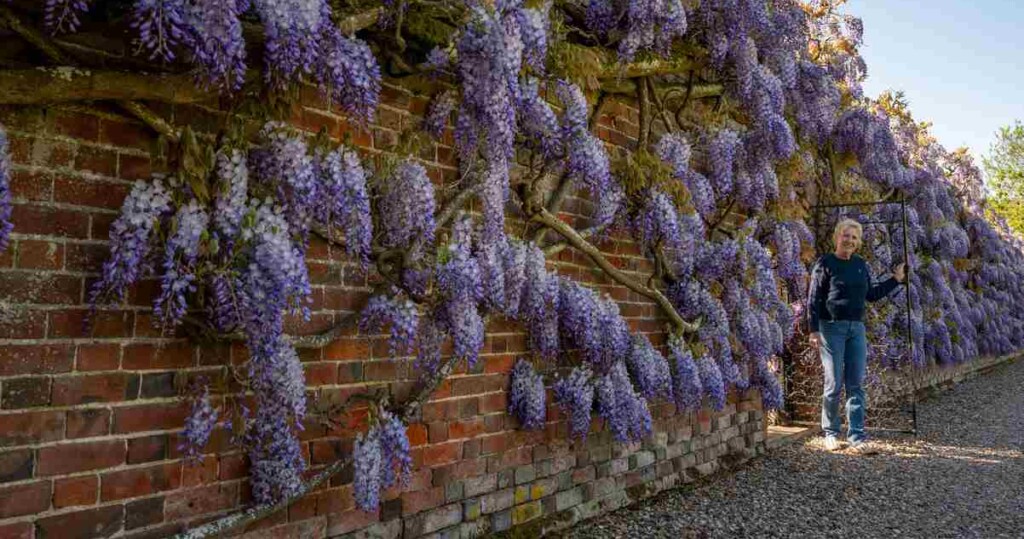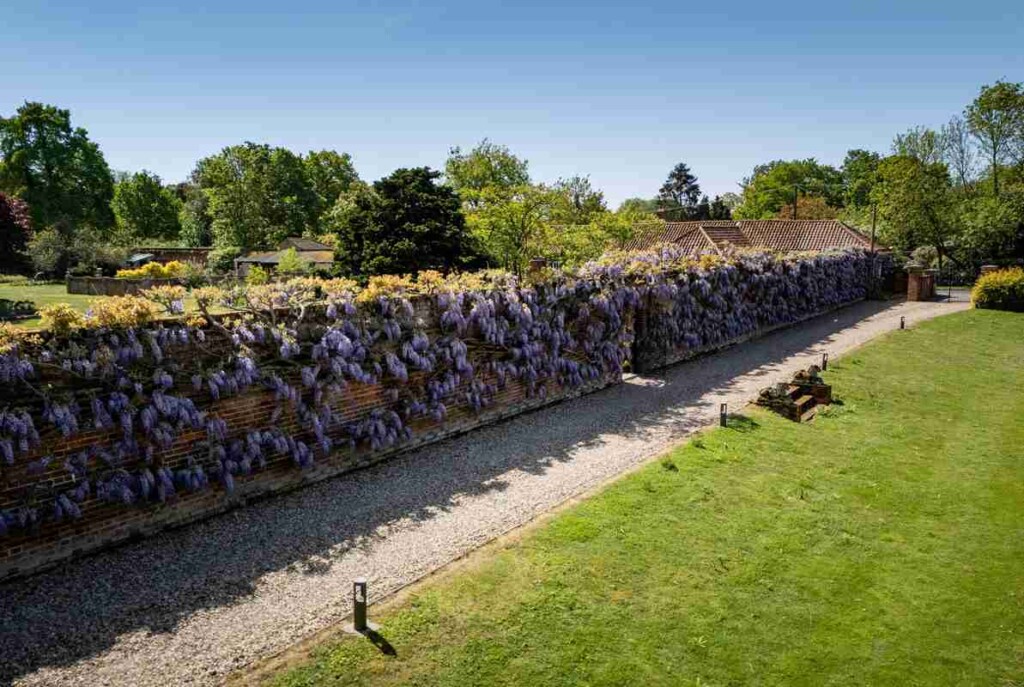
The first human bladder transplant was successfully carried out at University of California LA, an attempt that has been four years in the making.
There are naturally many unknowns associated with the procedure, which has previously only been done on cadavers, such as how well the transplanted bladder will function immediately and over time.
Bladder transplants have not been done previously, in part because of the complicated vascular structure of the pelvic area and the technical complexity of the procedure. However, urine drained immediately into the new bladder, and the patient’s kidney, which also had to be replaced, needed no post-procedure dialysis—the two worked in perfect tandem.
The surgery was completed at UCLA Medical Center. The team was led by Dr. Nima Nassiri, a urologic transplant surgeon and director of UCLA’s pioneering bladder replacement research program, with help from Dr. Inderbir Gill, founding executive director of USC Urology.
“This first attempt at bladder transplantation has been over four years in the making,” Nassiri said. “For the appropriately selected patient, it is exciting to be able to offer a new potential option.”
The patient had lost most of his bladder during a tumor removal, leaving the remainder too small and compromised to work. Both of his kidneys were also subsequently removed due to renal cancer to do earlier kidney disease. As a result, he was on dialysis for seven years.
The biggest risks of organ transplantation are the body’s potential rejection of the organ and side-effects caused by the mandatory immune suppressing drugs given to prevent organ rejection.
“Because of the need for long-term immunosuppression, the best current candidates are those who are already either on immunosuppression or have an imminent need for it,” Nassiri said, adding that it’s another of the unknowns associated with the procedure—how long immunosuppression will be necessary—which he and his team will be closely monitoring.
Nassiri and Gill collaborated for several years to develop the surgical technique. Numerous pre-clinical procedures were performed at Univ. of Southern California and Southern California’s organ procurement organization, to prepare for the first human bladder transplant.
During the complex, eight-hour procedure, the surgeons transplanted the donated kidney, following that with the bladder. The two were then connected using the technique that Nassiri and Gill pioneered.
“The kidney immediately made a large volume of urine, and the patient’s kidney function improved immediately,” Nassiri said. “There was no need for any dialysis after surgery, and the urine drained properly into the new bladder.”
MEDICINE HISTORY MADE: World’s First Whole-Eye Transplant Gives Arkansas Man New Hope After Terrible Accident
Millions of people around the globe experience some degree of bladder disease and dysfunction. Some develop terminal bladders that are either non-functioning and/or cause constant pain, repeated infections and other complications. Current treatment for severe terminal cases of bladder dysfunction or a bladder that has been removed due to various conditions includes replacement or augmentation of the urinary reservoir. These surgeries use a portion of a patient’s intestine to create a new bladder or a pathway for the urine to exit the body.
While these surgeries can be effective, they come with many short-and long-term risks that compromise a patient’s health such as internal bleeding, bacterial infection and digestive issues.
“A bladder transplant, on the other hand, results in a more normal urinary reservoir,” Nassiri said.
ALSO CHECK OUT: British Woman Gives Birth After Receiving Transplant Womb from Sister and Pro Bono Surgery at Hospital
“Bladder transplantation has been Dr. Nassiri’s principal academic focus since we recruited him to the UCLA faculty several years ago,” said Dr. Mark Litwin, UCLA Urology Chair.
“It is incredibly gratifying to see him take this work from the laboratory to human patients at UCLA, which operates the busiest and most successful solid-organ transplant program in the western United States.”
SHARE The News About This First-Time Transplantation Success…



